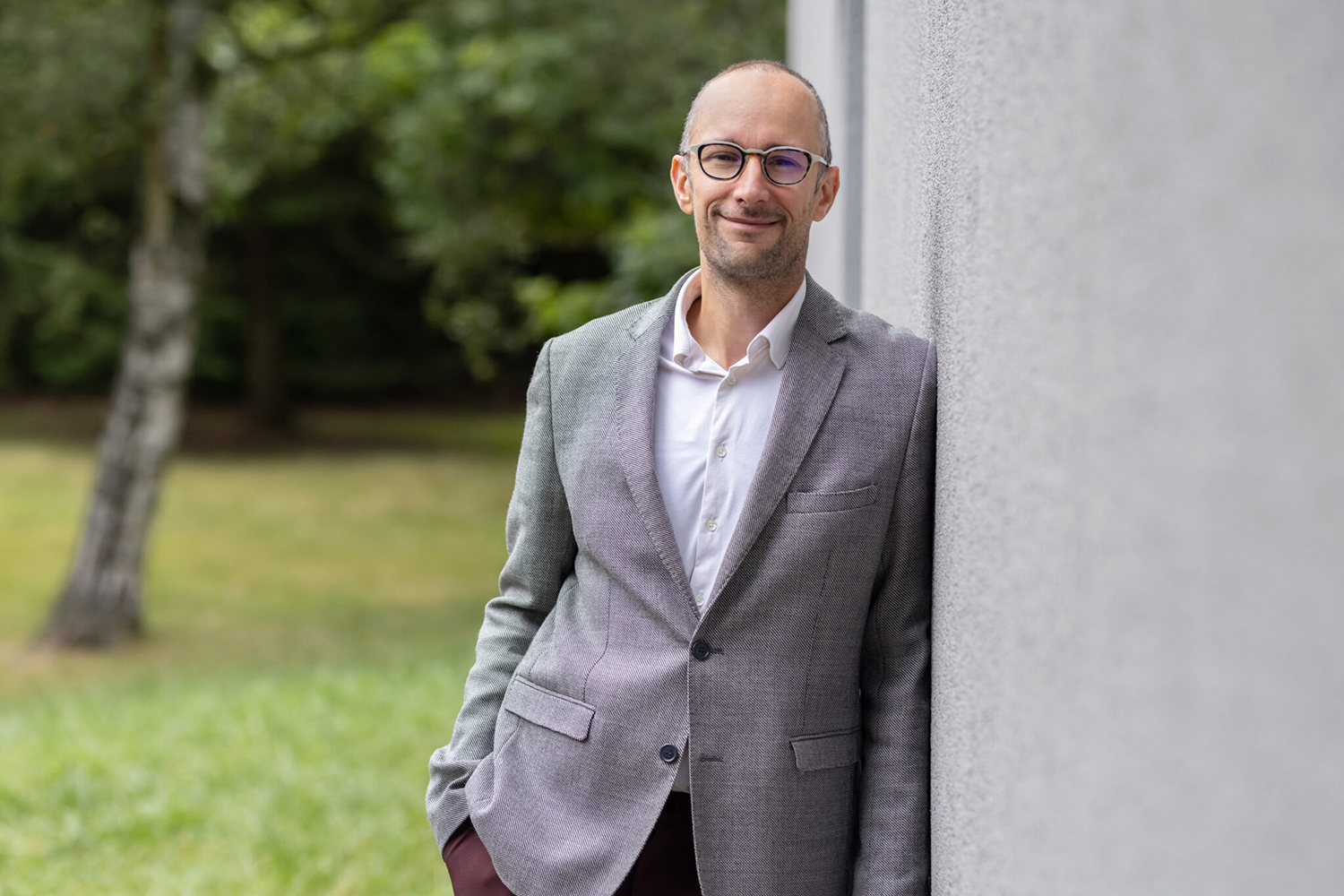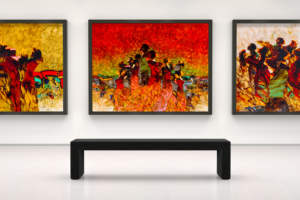With transactions, fairs and auctions making the headlines, art is positioning itself as an asset class that can spark a great deal of interest. In a study, Julien Pénasse examines the bubbles and speculation that characterise this market.
Art stands out from other markets: “Most asset markets – equities, property, foreign exchange and so on – are highly volatile, and the art market is no exception. What sets it apart, however, is that most of this volatility can be explained by financial speculation. From the mid-1950s to the present day, the market seems to have been shaken by a succession of bubbles”.
In theory, art prices should reflect current and future demand. If we expect to see a lot of millionaires and billionaires tomorrow, that should be reflected today: prices should be high. “There are a lot of sophisticated buyers in the market who are banking on this type of strategy. In practice, this theory is not borne out by the data.” Instead, our data shows the opposite: when there are a lot of billionaires, prices tend to rise and then fall. We can explain this by the fact that people overreact or even extrapolate from past demand, which is plausible given the opacity of the market,” says Julien Pénasse.
The survival bias effect
Obviously, not all segments of this vast market move at the same pace. The contemporary art market, for example, is highly volatile: artists like Banksy are seeing their prices soar to stratospheric levels. But this does not necessarily mean that investing in ultra-contemporary art is a good idea. “There is what we call a survival bias”. For instance, out of 10,000 art school graduates, perhaps two will go on to international success. The media will be talking about them, not the others. If you invest in a young contemporary artist today, you can’t guarantee that he or she will be successful and that his or her stock will rise.
‟ Over the long term, buying art remains extremely risky.”

Associate Professor in Banking and Corporate Finance
Finally, if the chances of seeing art make a profit are slim, we should add that this asset class does not offer a tangible return – like property rents or dividends on shares – but rather a subjective return derived from the enjoyment of owning the piece. “Over the long term, buying art remains extremely risky,” stresses the professor.
“There is a paradox. Building a collection means investing in a minority of artists. But that means taking a lot of risk because you don’t diversify. Alternatively, you can diversify and invest in a lot of artists, perhaps via an investment fund; but in doing so, you miss out on the potential aesthetic or social return of owning a collection.”
But art is also about buying something you love. And as they say: love has no limits!
Read the full article:
Photo at the top: © iStock (syolacan)
